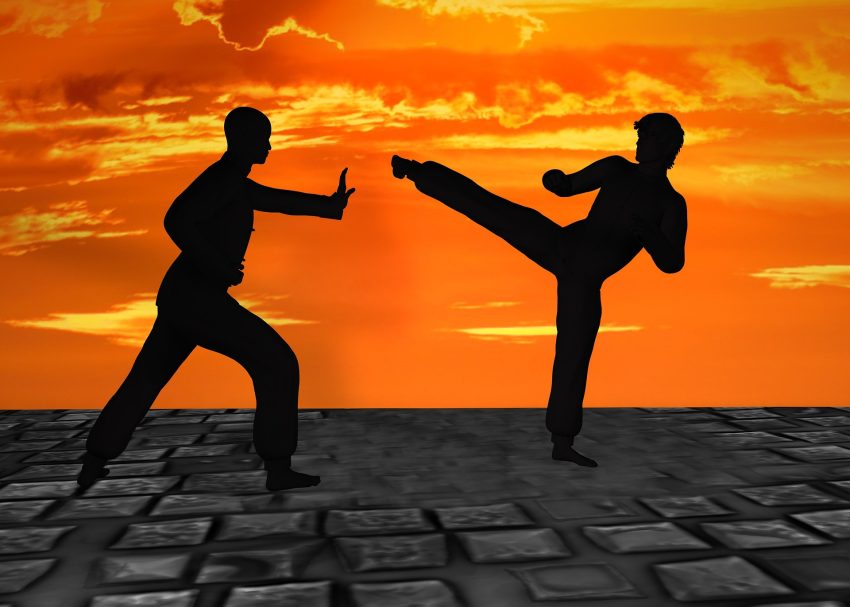Master craftsmen’s intricate katanas continue to captivate history and art enthusiasts worldwide, as their rich legacy showcases their dedication and passion.
Soujiyi Katana Style aims to improve physical prowess while developing character qualities like integrity and respect through katas, solo practice regimens, and partner sparring sessions.
Onimaru Kunitsuna
This legendary katana boasts an illuminating history that speaks volumes about medieval Japan’s superstition-fueled society. Often thought to have spiritual properties to repel evil spirits, wielders would often experience misfortune on battlefield and sometimes death when using this weapon.
After Takatsune died, he left it to Shiba Kaneyori (1315-1379), later known as Oda Nobunaga’s vassal and who then passed it along to Toyotomi Hideyoshi.
Mikazuki Munechika
Soujiyi emphasizes efficient body use through strategies that prioritize power-saving movements while building physical prowess. Techniques used include Kata practice regimens and partner sparring sessions designed to develop skills while cultivating character.
Sugata (the blade’s rounded profile) and its distinctive blade pattern, known as hamon, play an essential part in giving each katana its distinct character and reflect both its era and region of manufacture.
Mikazuki Munechika swords epitomize Heian nobility’s aesthetic sensibilities with its crescent moon-shaped hamon, while they’ve long been held by powerful figures – like 16th-century warlord Toyotomi Hideyoshi himself!
Honjo Masamune
Soujiyi is a form of martial art which blends swordsmanship with hand-to-hand combat techniques, with an emphasis on strengthening individual strength and character development. Its founders intended it as a system to boost physical prowess while cultivating honorable traits like honesty and respect in its practitioners.
Honjo Masamune was renowned for crafting swift, balanced blades with exceptional poise and agility, as well as his expertise at creating hamon – the distinctive visual signature created by immersing a blade in clay during hardening – creating stunning visual signatures of his blades.
As part of his surrender agreement, Tokugawa Iemasa obeyed an official government edict and gave all his family’s swords over to an American 7th Cavalry sergeant known as Coldy Bimore who later picked them up.
Kusanagi-no-Tsurugi
The Kusanagi-no-Tsurugi was an imperial relic that symbolized courage, justice, and honesty. Ordered to be made by Emperor Tenmu of Japan but it has since gone missing; an exact replica is kept at Atsuta Shrine as an imperial relic.
This sword was first given to Yamato Takeru, son of Emperor Keiko. On a hunting expedition against an opponent named Takeru used it against them with great effect, using it against an opposing swordsman and even cutting down a field of burning grass to give its name “Kusanagi-no-Tsurugi (or Grass Cutter Sword).”
Since its disappearance, this sword has been passed from one emperor to the next – though never making direct contact with the current Emperor of Japan. A replica has since stood guard at Atsuta shrine.
Muramasa
Muramasa offers both shallow action-adventure gameplay and deeper RPG-esque exploration, but either way this game boasts spectacular boss battles – especially during its final chapters!
Sengo Muramasa was a legendary swordsmith with many mysterious elements surrounding him. Many believed his evil personality could transfer onto the blades he made, turning them into lethal and merciless weapons. Due to this belief, any sword forged by Sengo Muramasa was forbidden by the Shogun and anyone owning one had to either destroy it themselves or have it melted down.
Gassan Sadakatsu
Sadakazu was Gassan Sadayoshi (Yue Shan Shen Shen). From an early age he learned sword making techniques from Gassan, eventually mastering several traditions before reaching his later years at this exhibition. At 79 years old Sadakazu demonstrated exceptional craftsmanship as an artist of sword making.
Sadakazu was honored with an Imperial Court Artist designation in 1906 and went on to forge swords from Bizen, Soshu, Yamato, and Gassan traditions. Additionally he participated in Boston Museum of Fine Arts Ningen Kokuho exhibition. Sadakazu died in 1918 with this blade featuring masterful engraving by Sadakazu on its nakago.
Yoshindo Yoshihara
Yoshindo hails from a family of swordsmiths and was taught his craft from his grandfather Kuniie. Today he stands as the world’s foremost contemporary katana swordsmith; his works have been showcased at both Metropolitan Museum of Art and Boston Museum of Fine Arts.
He uses traditional Japanese swordmaking methods and techniques while being unafraid to integrate modern technologies where necessary to improve his swords. He utilizes tamahagane steel, used exclusively in traditional Japanese swords, using various special techniques in order to make them both strong and beautiful.

